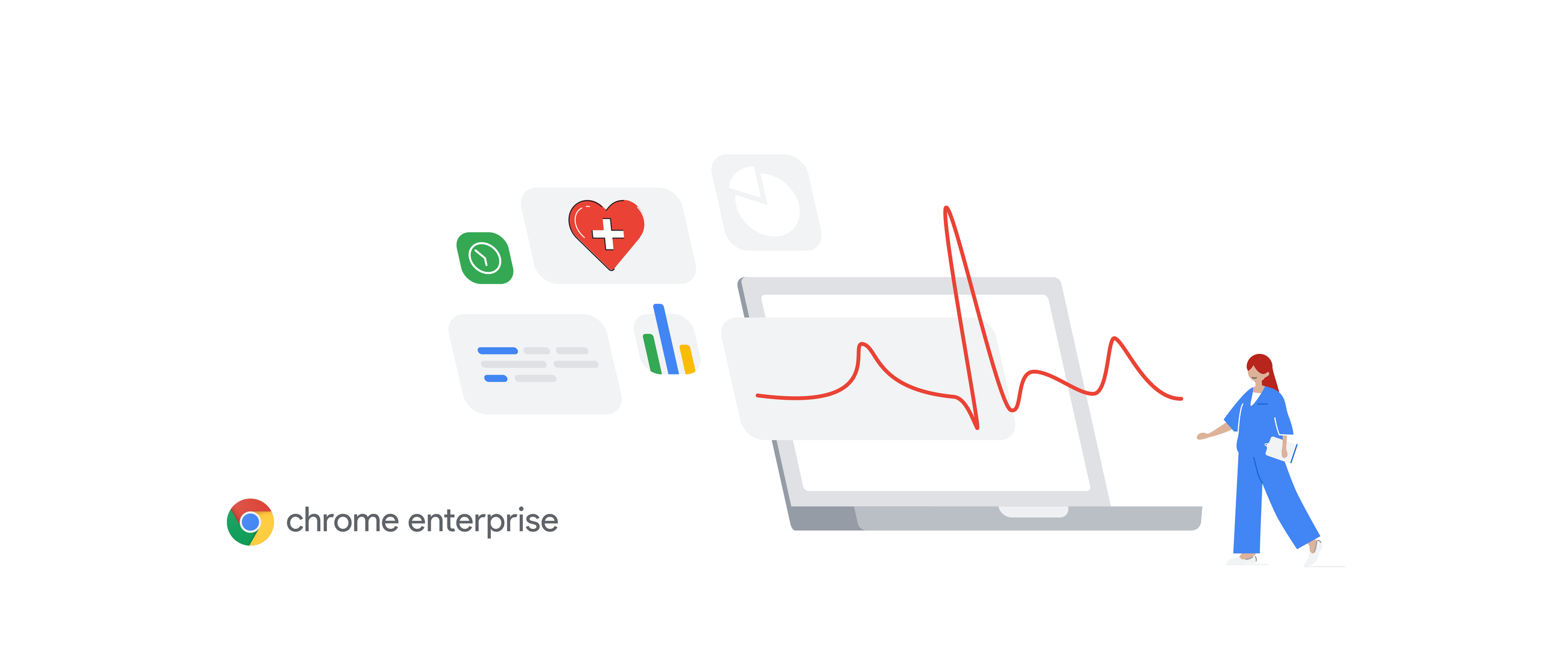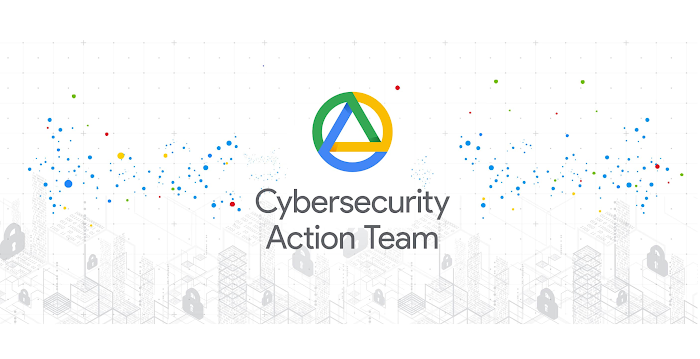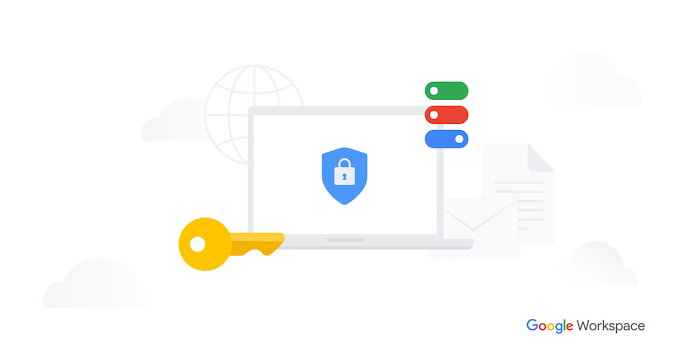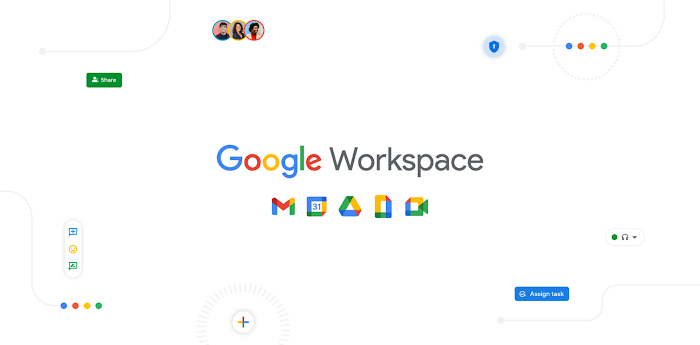Hunterdon Healthcare teams work more easily and securely using Chrome Enterprise and G Suite

Jason Tahaney
Director of IT, Hunterdon Health
Editor’s note: Today’s post is by Jason Tahaney, Director of IT at Hunterdon Healthcare, a hospital system in central New Jersey. Hunterdon Healthcare’s 2,400 employees use Chrome Enterprise and G Suite to access clinical applications and work together more efficiently.
If you work in healthcare, especially in healthcare IT, you focus on security a lot. It’s a tall order to safeguard healthcare data, ensure workers have access to critical clinical applications, and provide employees with uncomplicated, low-maintenance cloud devices at a reasonable cost. With Chrome Enterprise and G Suite, we think we’ve found that combination.
Cloud-first collaboration to provide better patient care
In 2016, we replaced Novell GroupWise by transitioning to modern collaboration in G Suite. Seeing that we had used GroupWise for years, we made sure to build in plenty of time for employee training. To our surprise, because clinicians and administrative staff used Gmail for personal use, the shift was easier than expected. When we went live with G Suite, we also made Chrome OS our desktop standard operating system.
We got our first taste of using Chrome OS devices when we invested in 45 Acer models for G Suite training. Our mobile training team used Chromebooks to walk employees through online training sessions, developed in part by our partner Onix. Just as with G Suite, the trainees found the Chromebooks easy to use—this was becoming the theme of our Chrome OS deployments! The devices’ speedy deployment and adoption became especially critical when new state rules required our child-development teams to meet children in their homes and document each visit. This meant that some employees needed to be able to work offsite, just as easily as they do in the office, and we needed to onboard them quickly. This was no concern, however—we were able to get Acer Chromebooks out in the field with the child-development team in just two weeks. They’re still using them today. It’s just a smarter way to work.
Secure access to critical healthcare apps
Outside of a great user experience for our clinicians and staff, moving to Chrome devices was a natural fit from an IT management standpoint too: Chromebooks’ hardened operating system provides built-in security without the need to tap into third-parties to patch the browser or email. We also use Chrome Enterprise Upgrade, which gives us access to added apps and security features in Chromebooks that work well for our business.
This is so important. Our clinicians need fast, secure access to healthcare applications, which in many cases may have been built for Windows. Any virtual desktop infrastructure (VDI) solution had to work well with Chrome OS, since we’d already committed to the Chrome Enterprise and G Suite experience. Onix, our cloud partner, ensured that our preferred VDI solution, VMware Horizon, could securely access applications through Chrome Browser on Chromebooks.
At this point, our employees find Chrome OS and G Suite easy to use in clinical settings, so we keep brainstorming new ideas for adding Chrome devices and integrating new applications. We’re in the final stages of rolling out HealthCast, our authentication solution, following testing of HealthCast with the VDI solution to make sure it all works on Chromebooks. So far, so good: Once we get HealthCast off the ground on 4000-4500 devices (all on Chrome OS), we expect to see a significant decrease in support inquiries.
The good news: IT costs are going down
The more Chromebooks we put into use, the more we expect IT costs to continue on the downward trend. We have roughly 250 Acer Chromebooks in use across the health system—some at clinical workstations, some with our roving child-development teams, and some with risk managers and senior leadership. We’re considering adding another 200 Chromebooks to refresh old devices. Compared to our old PC laptop and software licensing costs, this could save us around $600 per device or nearly $120,000 over the next year.
Here’s our vision for what working in the Hunterdon Health system will look like, once we finish the HealthCast rollout. A nurse can start out in the medication room with a Chromebook, record a patient’s medications inside of that patient’s electronic medical record (EMR). She can tap out of HealthCast, move to a patient’s room, tap back into HealthCast, and still have access to the same desktop and screen that she was using in the medication room. Bringing Chromebooks to this process adds not just ease of use to this seamless care model, but also security. We’ll have security and access that never gets in the way of medical teams doing their jobs, and patient data stays secure.



